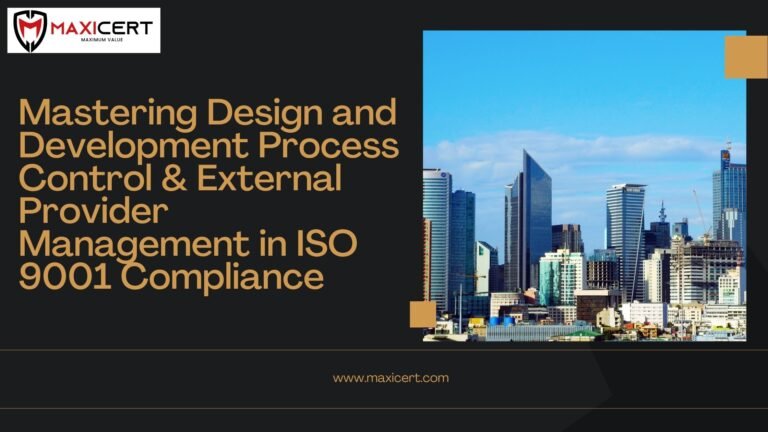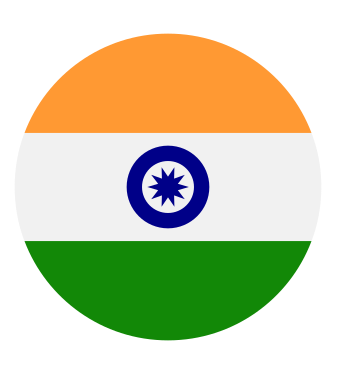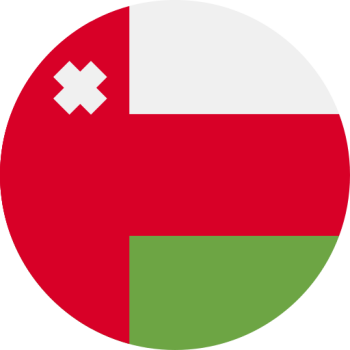Mastering Design and Development Process Control & External Provider Management in ISO 9001 Compliance

Introduction
Effective design and development process control, along with robust external provider management, are critical components of ISO 9001 certification compliance. This guide explores key clauses (8.3.5, 8.3.6, and 8.4) to help organizations ensure quality outputs, manage changes, and optimize external partnerships. By aligning your systems with ISO certification requirements, you can enhance product and service quality while maintaining compliance. Maxicert, recognized as a best consultant in the industry, supports businesses in implementing and managing these processes effectively under ISO 9001.
According to Clause 8.3.5 of ISO 9001: Design and Development Outputs
You need to ensure, that the results of design and development outputs meet the intended requirements.
The design and development output could be, for example
- an engineering design and development would generally be drawings and calculations,
- a fashion design and development would be sketches
- and a specification relating to material to be used,
- a graphics art design and development could be a particular layout to be used in a publication,
- a food product design might be a recipe, or
- an advertising agency design and development could be a plan for the marketing campaign.
Request A Free Quote
The other outputs of the products and services against the main part of the products and services can include details for
- the product’s preservation, such as packaging.
- purchasing.
- production,
- or servicing
In deciding what form your output should take, you will need to consider who is going to make use of it and in what circumstances. For example, a regulatory body could have a specific format, which needs to be complied with.
The organization shall retain the documented information resulting from the design and development process. Such as a plan, perspective, strength calculation sheet in construction industries, all kinds of manuals in service industries, a prototype in manufacturing industries.
Clause 8.3.6 Design and development changes
Change can occur as a result of examples such as-
Changes that arise between after the release of design and development output and before the next process as production or service provision.
- Nonconformity of the design and development output
- which was noticed within the organization technical problems arise after tests (stress test, reliability test, etc.)
- Problems from the information that was provided by the suppliers.
Changes that arise after the next process of design and development have started.
- the customer changes the specification (there are in both cases)
- new or changed regulatory requirements,
- revised manufacturing processes,
- manufacturing problems,
- complaints from the market, market require a product, (particular in-service industry)
- improved designation by the regulatory body as an Emergency
- medical institution,
- change of the training location,
- reduction of the number of salesclerks.
It is necessary to carry out the steps described in 8.3.2 to 8.3.5 to the extent required as a result of these design and development changes. You also need to look at the effect of design and development changes on any delivered products and services and also on any component parts of products and services.
When the organization intends to follow ISO 9001, formal requirements for document and change control have to be fulfilled.
In software industry, design and development changes could also require you to review the requirements with your customer.
In other situations, the controls might need to be more complex, e.g. those involved in software design might have to be involved in configuration management.
Clause 8.4 Control of externally provided processes, products and services
Clause 8.4 Control of externally provided products and services addresses all forms of external provision, whether it is by purchasing from a supplier, through an arrangement with an associate company, through the outsourcing of processes and functions of the organization or by any other means.
8.4 Control of externally provided processes, products and services
Clause 8.4 should be understood widely as a requirement about a use of external ability, not only a requirement that is generally understood as purchasing.
As clause 8.4’s object is all forms of external provision, in 8.4.1 it is classified to three forms.
First is “a) external providers provide products and services for incorporation into the organization’s own products and services”,
- ingredients provided by an external provider in order to
- cook for the dishes,
- parts provided by an external provider in order to manufacture electric products,
- tools provided by an external provider in order to use it for maintaining equipment,
- printing paper provided by an external provider in order to print a textbook, etc. would be this case.
Second is “b) products and services are provided directly to the customer(s) by external providers on behalf of the organization.”.
This is a case when an outsourced provider provides the final product directly to the organizations customer when they are in charge of the final operation such as painting and other forms of coating and also to packing and delivery.
Third is “c) a process or part of a process is provided by an external provider as a result of a decision by the organization to outsource a process or function.”
This is also a case of outsourcing. Different between 8.4.2b) is the outsourced process is not at the final operation; it is in the middle of the organization’s operation. Examples such as outsourcing a part of the manufacturing process to an external provider, outsourcing the reception desk to an external call center, and outsourcing specimen inspection to a laboratory for medical treatment.
According to 8.4.1 a) c), you will need to identify what you will need to source externally, which can affect the quality of your products. You will then need to select external providers who are capable of meeting your requirements.
Most organizations have a number of reasons why they deal with a particular external provider. You can continue to use existing external providers when developing your quality management system. The standard simply requires that selection be carried out in a controlled manner.
What criteria and justification support the selection of this external provider?
- How reliable are they?
- Can they provide what you want?
- Do they have the necessary resources (e.g. equipment and personnel)?
- Is the quoted delivery time and price acceptable?
- Do they have a quality management system?
- Have you used them before successfully?
- Do they have a good reputation?
- Do they have a good credit rating?
Where a proprietary or brand name product and service is to be purchased, a frequent source is a distributor, wholesale or retail outlet. A wide range of products and services are available from such sources, such as electrical and plumbing provides, lumber, raw materials and components, provides and food for catering services in these circumstances, the criteria for supplier selection and the associated records could be minimal.
You might consider buying for a trial period, with a review at the end of the period to establish the acceptability of the provided products and services or the external provider’s performance.
You should also regularly monitor and re-evaluate the performance of your external providers, to ensure that they still meet your original selection criteria or any new/revised criteria.
The extent to which you monitor an external provider’s performance depends on how critical the product and service being provided is to the quality of your products and services.
For example, in a printing organization, the paper quality could be critical. However, a travel agency might use normal, commercial stationery without the need for any quality related purchasing controls.
The printing organization should monitor the performance of its paper providers very closely to ensure that the quality of its printed products remains at the expected level.
Conclusion
Design and development process control, along with effective external provider management, are vital for ensuring consistent quality and ISO 9001 compliance. By aligning with clauses 8.3.5, 8.3.6, and 8.4, your organization can confidently meet customer requirements, manage changes efficiently, and partner with dependable suppliers. Continuous monitoring and improvement keep your quality system strong.
Need expert support to implement or maintain ISO 9001? Maxicert’s experienced consultants are here to help.
Customized solutions
Proven success across industries
Reliable certification guidance
Visit Maxicert today to get started on your ISO journey

Get In Touch

Get In Touch

Get In Touch
Need A Free Estimate?
Get a free consultation and Checklist to get certified for ISO , HALAL, CE Mark Certification.
FAQ
What are the key outputs of the design and development process under ISO 9001?
- Design and development outputs can include engineering drawings, fashion sketches, product specifications, marketing plans, recipes, or prototypes, depending on the industry. These outputs must meet intended requirements and be documented for compliance.
How should organizations handle design and development changes?
- Changes must be managed by revisiting the steps outlined in clauses 8.3.2 to 8.3.5. This includes assessing the impact on delivered products, services, and components, and ensuring proper documentation and control of changes.
What criteria should be considered when selecting external providers?
- Key criteria include reliability, resource availability, delivery time, cost, quality management systems, past performance, reputation, and credit rating. Regular monitoring and re-evaluation of external providers are also essential to maintain quality standards.



